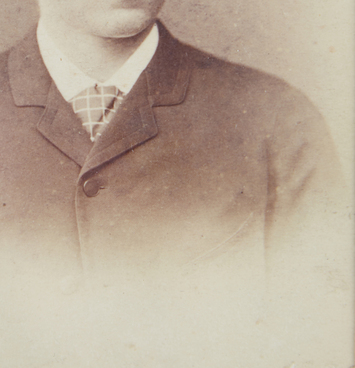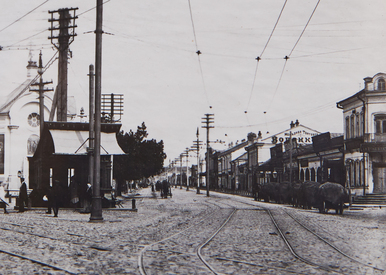A narta (usually used in the plural form — nartas) is a narrow, long sled for transporting passengers and cargo. The sled can be pulled by dogs, reindeer, or people.
The word “narta” first appears in Rus in the official documents of the 17th century. At the end of the 20th century, there were heavy and ordinary sleds. Hand sleds came first, with the sleds drawn by dogs and reindeer sleds appearing later. Sled runners that were made in 2000–1000 BC were found in the bogs of Finland and the Northern Urals. The person driving a sled is called a musher. Sleds are common in the northern part of western Russia (the Nenets Autonomous Okrug and the Yamalo-Nenets Autonomous Okrug), Siberia and the Far East. The nartas, the harnesses and the ways dogs or reindeer are arranged are the most important elements of sled dog breeding and reindeer herding in the North.
The sled can be used as a snowmobile trailer. The nartas of the Chukchi and Koryaks were drawn by a pair of reindeer and were usually designed for one rider. Sleds were also used in hunting, when it was necessary to catch up with fast animals: deer, rams, or wolverines. The speed of the sleds was also important for military use and during wars. Racing sleds, which reached a speed of 35 kilometers per hour, were used for raids. In 1731, for example, the Chukchi used sleds to carry out two unexpected attacks on the marching column of Captain Dmitry Ivanovich Pavlutsky. The purpose of this attack was probably to first fire at the enemy from the sleds on the move, and then dismount for battle. At the same time, sleds were usually left in their rear, so that the immediate retreat was possible if needed. The sled was used as a mobile platform for archery. In general, one could shoot arrows and throw spears from the moving sled. It is noteworthy that if one reindeer of the team was hit, then the rider, like the heroes of Homer’s Iliad, cut off the lines and rode on using the remaining animal.
The entire way of life of the Nenets is associated
with constant movement following the reindeer herd. In the tundra, a narta is
an indispensable means of transport. A traditional properly made narta costs as
much as an adult deer or bull. The art of making sleds requires deep knowledge
and skills. Even the minutest changes in design or shape are unacceptable. All
parts of the sled are extremely reliable and are determined by the
environmental conditions in which it is operated.


